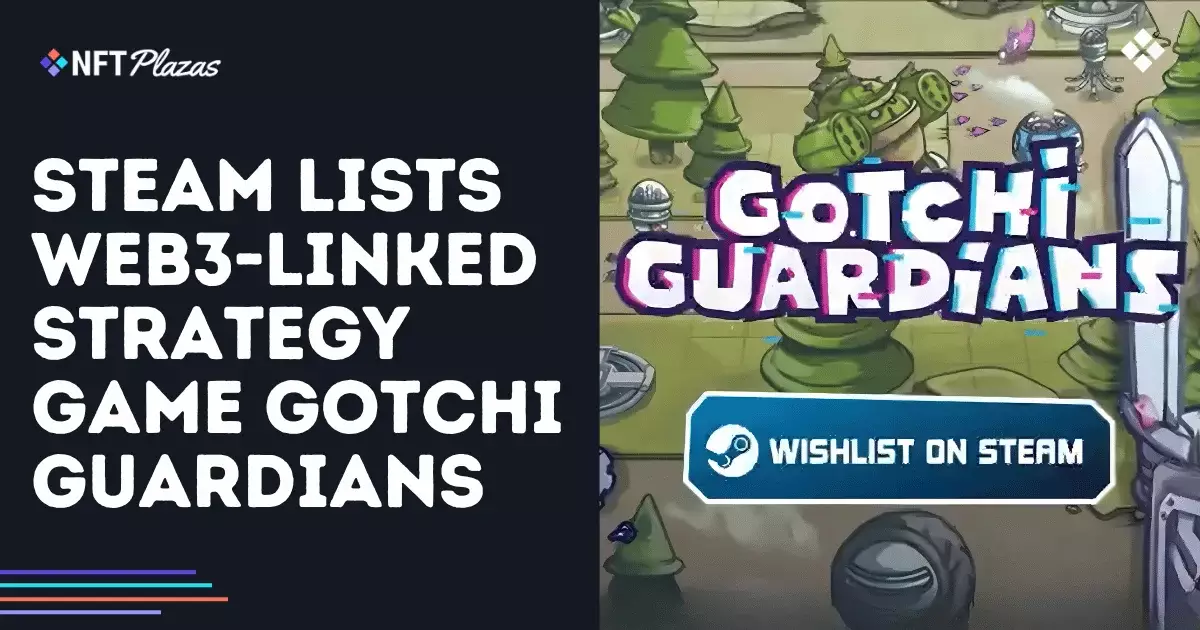The recent entry of “Gotchi Guardians” into the gaming marketplace exemplifies a troubling trend: the superficial integration of blockchain technology under the guise of innovation. While developers tout NFT cosmetics and crypto payments as futuristic upgrades, these features obscure a fundamental truth—much of it is a carefully crafted marketing veneer that conceals an industry hesitant to deviate from traditional gaming principles. In essence, the push for blockchain within gaming appears less like genuine innovation and more like opportunistic branding aimed at exploiting the hype surrounding cryptocurrencies and NFTs. It’s crucial for players and critics alike to recognize that many of these blockchain inclusions don’t necessarily enhance gameplay but serve mostly as entry strategies into an unproven, volatile market space.
Tokenization and Its False Promise of Permanence
NFT-based cosmetic items—such as those in “Gotchi Guardians”—are often heralded as revolutionary because they supposedly grant players true ownership over digital assets. However, beneath the glamorous surface lies a fragile illusion of permanence. The value of these NFTs hinges on external markets, blockchain stability, and speculative investor sentiment, rather than intrinsic game value. The fact that these cosmetic overlays can be bought with in-game currency tied to a volatile ecosystem like $GHST raises serious questions about the long-term utility and sustainability of such features. Ultimately, tokenization in the gaming world often serves as a Trojan horse, giving the illusion of player empowerment while embedding economic incentives that benefit the developers and blockchain investors more than the end user.
Game Mechanics or Blockchain Cosmetology? The Distraction of Innovation
“Gotchi Guardians” claims to blend tower defense with roguelite mechanics to deliver engaging multiplayer experiences. Yet, the narrative that blockchain enhances gameplay is fundamentally misleading. The game’s core mechanics—waves of enemies, character customization, competitive and cooperative modes—could stand independently without any NFT or crypto elements. The inclusion of blockchain features appears as mere window dressing, designed to appeal to investors and crypto enthusiasts rather than improve on quality or depth. This deliberate obfuscation shifts focus away from substantive gameplay innovations, replacing it instead with the spectacle of digital assets that may or may not hold value over time. If the core experience remains unaffected by blockchain purchases— as the developers assert—then why frame these features as a selling point?
Profit over Player Experience: A Paradigm Shift in Card-Stacking
The involvement of former industry veterans, like Jason Slama from CD Projekt Red, cannot hide the fact that the main strategy behind “Gotchi Guardians” and similar titles is a business model centered on monetization via blockchain. Instead of pushing for meaningful innovations that improve gameplay, many companies are leveraging blockchain as a revenue stream. The promise of future content—new characters, maps, limited-time events—serves as a distraction, a way to keep players invested while developers maximize profits from optional NFT sales and in-game token transactions. Such mechanics breed a gaming landscape where player engagement is secondary to profit motives, ultimately eroding trust and diminishing the intrinsic value that made gaming a beloved cultural form in the first place.
The spectacle of blockchain in gaming masks an uncomfortable truth: it often diverts the industry’s trajectory from genuine innovation to speculative opportunity. Titles like “Gotchi Guardians” may boast impressive features on paper, but the core gameplay remains unaffected by the blockchain integrations marketed as groundbreaking. As the industry continues to chase the allure of crypto-backed assets, it risks alienating traditional players who value innovation, skill, and storytelling over market speculation. Without a critical eye, blockchain remains just another glittering illusion—a seductive mirage promising progress but ultimately leading to financial and cultural stagnation. It’s time to question whether these technological distractions serve the interests of gamers or merely those of vested financial interests seeking to capitalize on societal tumult.

